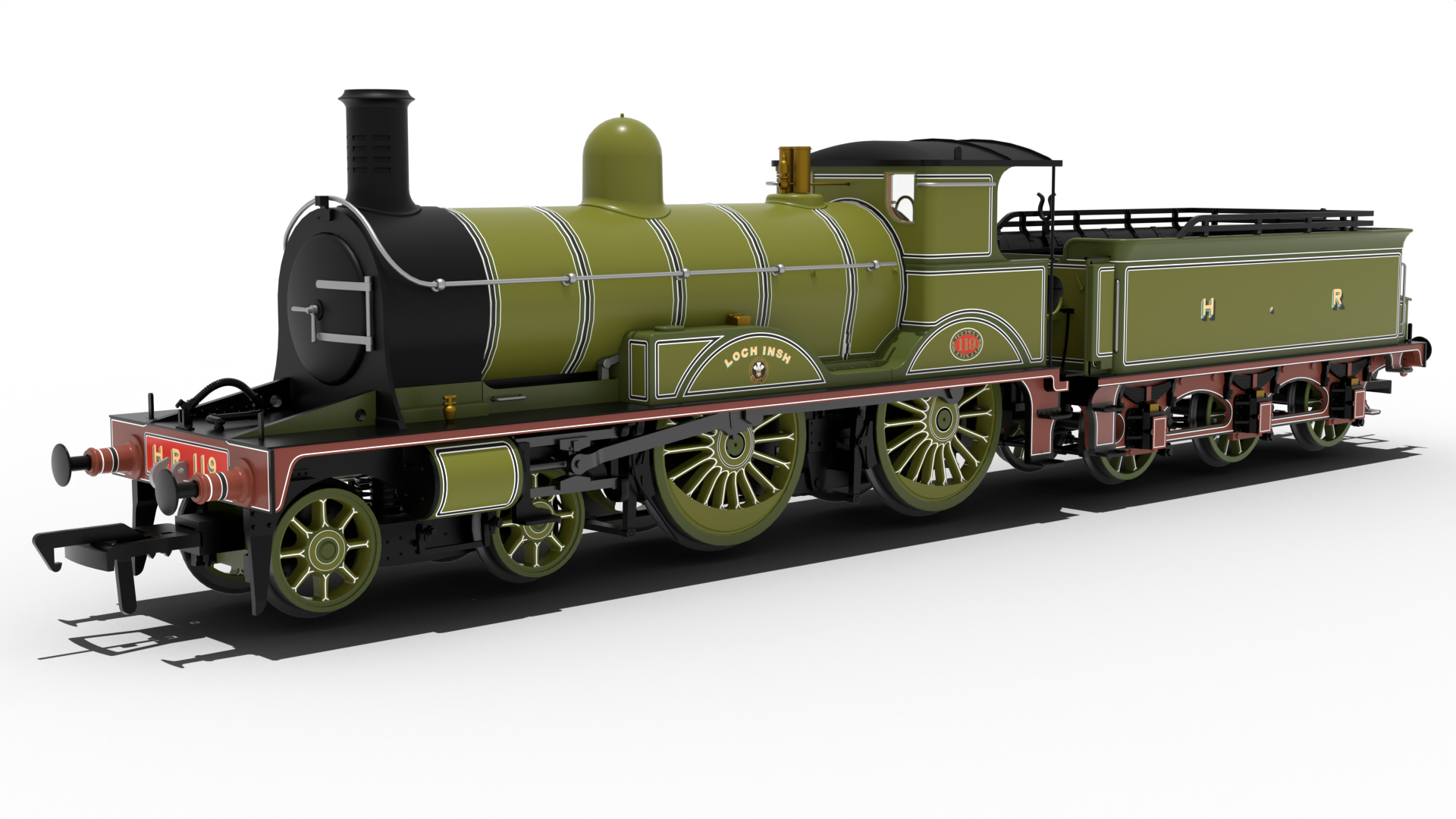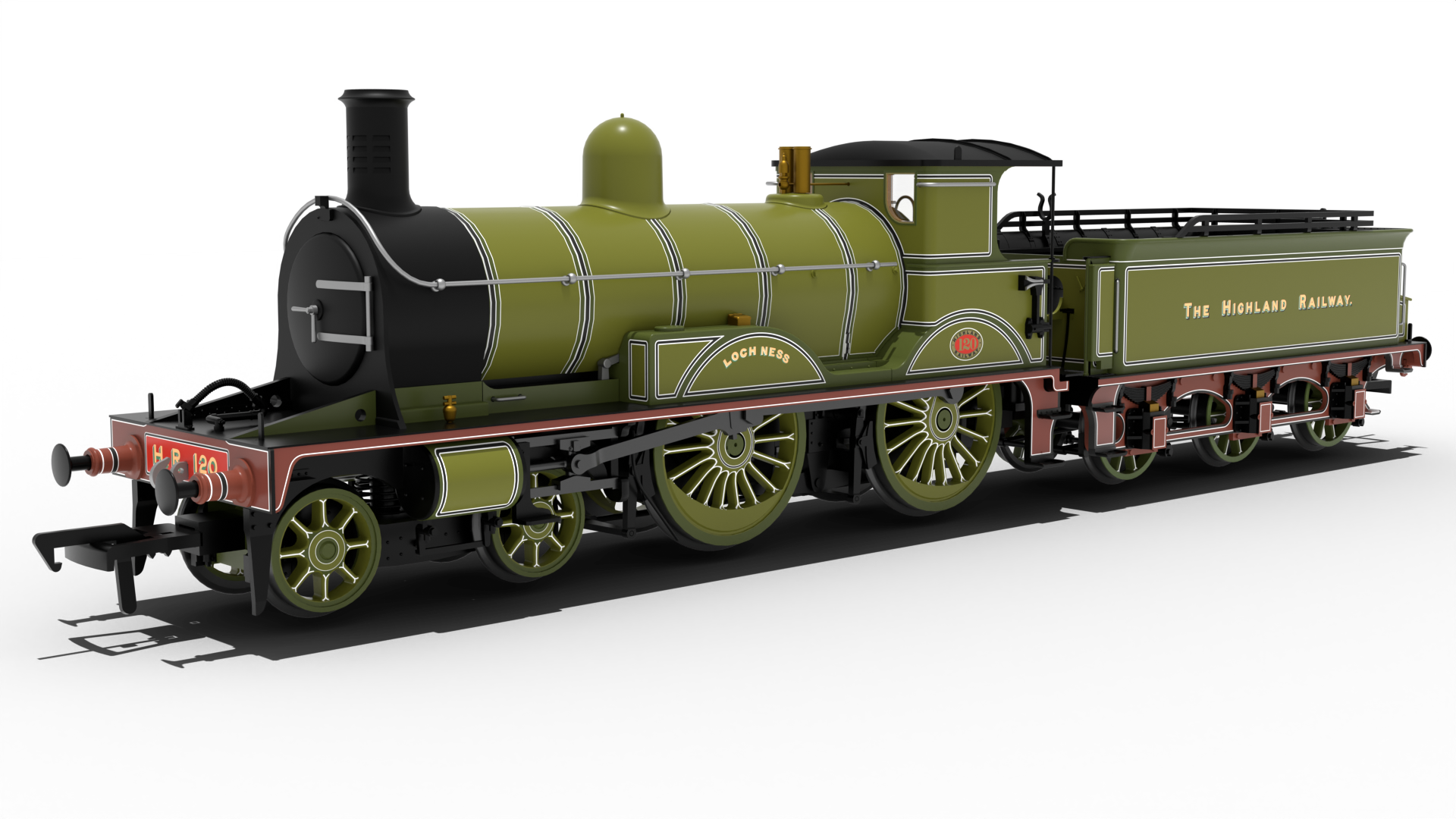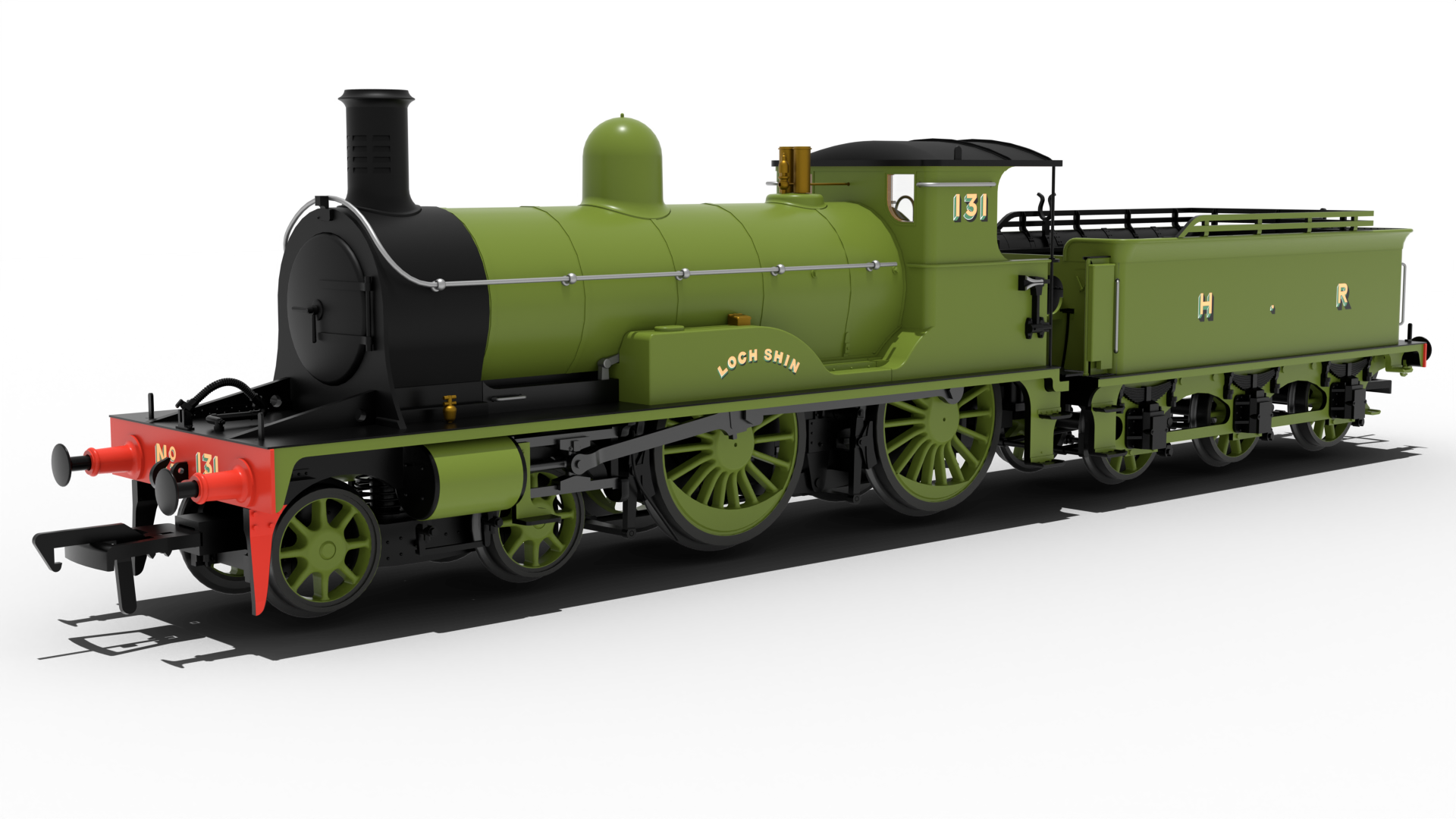
Following the success of the impressive ‘Big Goods’, more commonly known as the ‘Jones Goods’, the Highland Railway Locomotive Superintendent, David Jones, wanted to capitalise on this triumph and provide an equally successful passenger loco.
This new loco needed to traverse the undulating landscape of the Inverness to Perth line. Plans were also in motion to open a new direct line via Aviemore that included the imposing Slochd Summit; this significant incline would prove problematic for locomotive haulage, so it needed to be overcome with a new design.
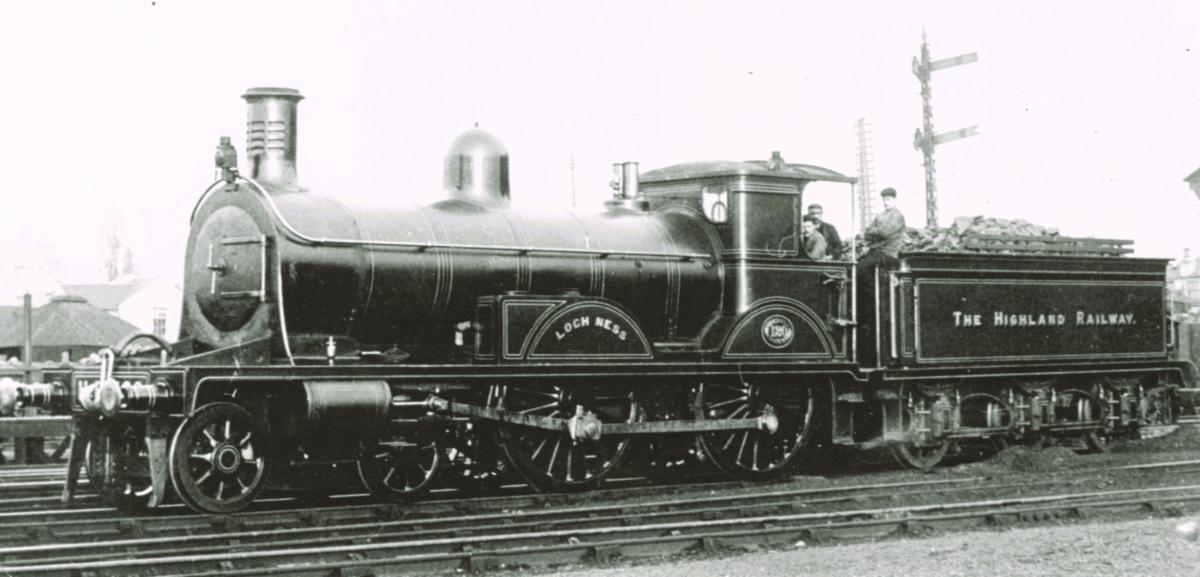
David Jones proposed a powerful new 4-4-0 design that took inspiration from, and in many ways resembled, the ‘Big Goods’. The design even used an identical tender to its bigger and older sibling. The Highland Railway board accepted his proposal, and an order for fifteen locos was placed with Dübs & Co. in 1896. Construction continued into 1897, and the final loco was delivered in September of that year.
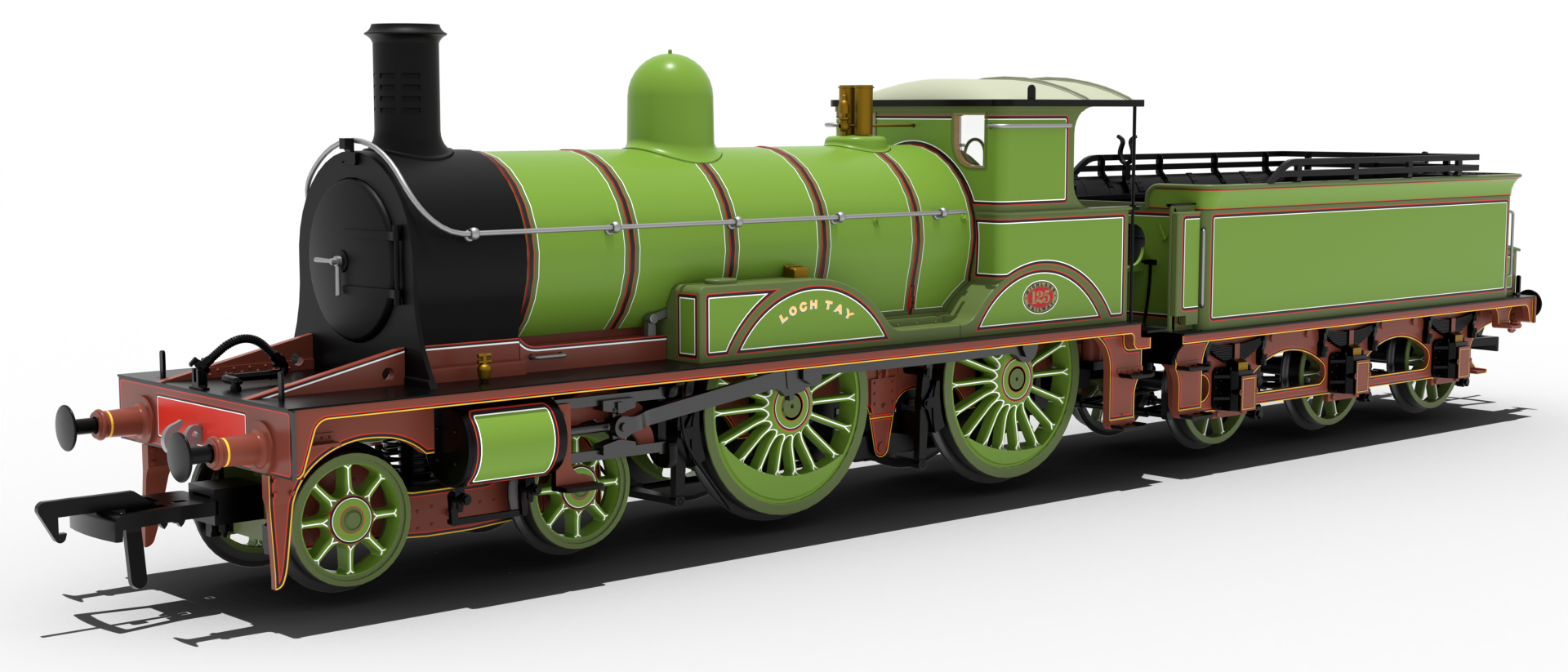
All of these new locos were gifted names of inland Scottish Lochs, many of which were adjacent to the Highland Railway and include the famous Loch Ness; unsurprisingly, they would come to be known as the Loch Class. Jones achieved precisely what was required with his design. The Lochs would supersede the Strath Class, as their increased cylinder size and boiler barrel length meant they produced 17,070 lbs of tractive effort, which was almost 3000 lbs more than the Strath Class.
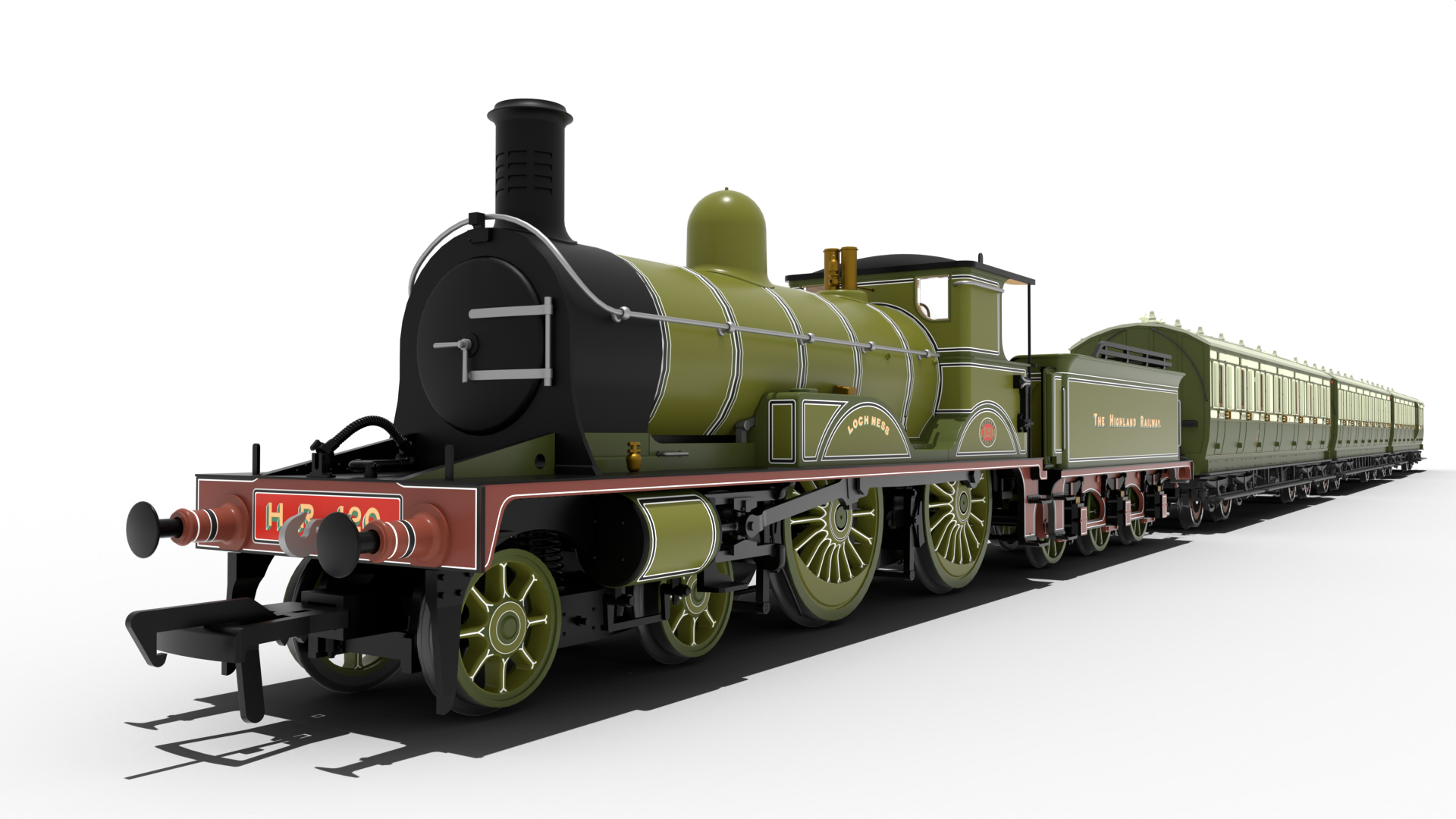
During WW1, the Highland Railway was in desperate need of suitable locos. The reliable nature of the Loch design was used once more, and a further three locos were built by The North British Locomotive Company. Although ordered in 1915, these weren’t delivered until 1917. These supplementary locos differed from their Dübs & Co counterparts in several ways, but the most notable was a modified tender to carry more water and a Westinghouse pump. The Loch Class were superseded a few years later in many ways by the Castle Class. Although they spent much of their early years on the routes and services they were designed for, they were later relegated to working local passenger services on the South line and pilot work. Many of the Lochs were based at Aviemore to assist with piloting trains over Slochd, and the rest were scattered across the Highland Railway network. They proved handy for branchline work right through to their LMS days and could be seen as far north as Thurso.
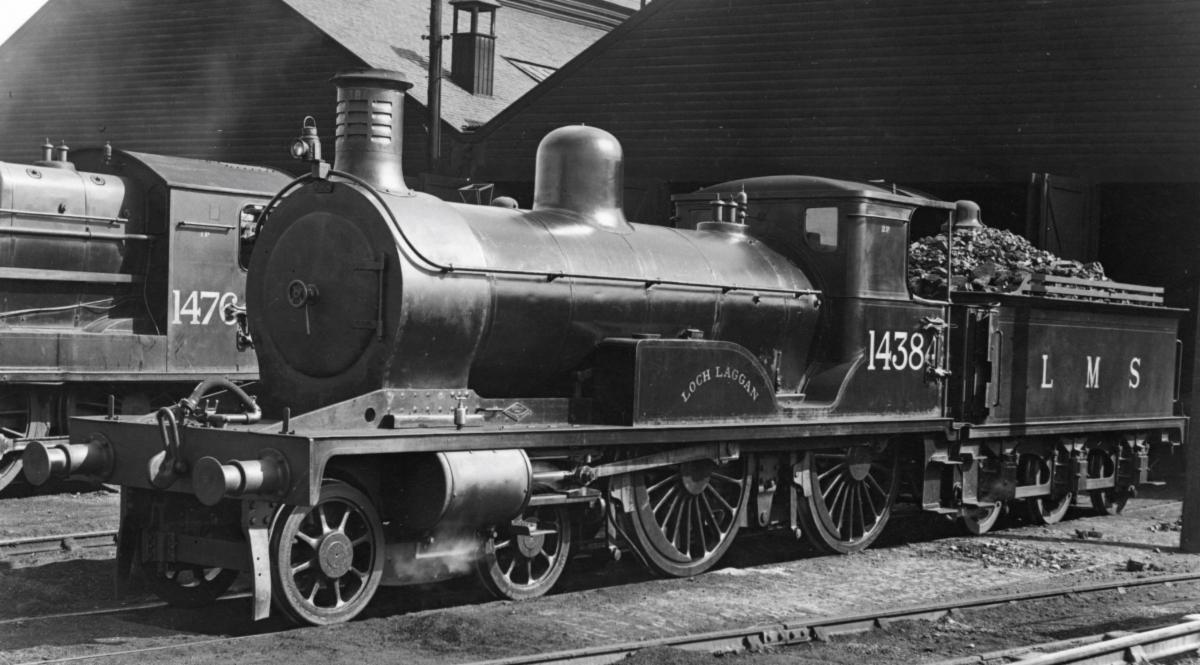
All 18 locos were inherited by the LMS in 1923, which made a variety of alterations to various members of the class. The most notable change was to ten of the original Dübs & Co. locos, which received new boilers to prolong the locos’ lifespans. This gave a portion of the class an altogether different profile, as the boiler sat 9 inches higher, the smoke box wings were removed, and the tall traverse safety valves were replaced with smaller pop valves.
Two of the Lochs survived through to Nationalisation, and despite the last being withdrawn in 1950, neither of these was repainted into British Railways liveries. Both stubbornly retained their LMS liveries to the very end. Sadly, none of the Lochs was preserved, and their legacy was relegated to the history
books.
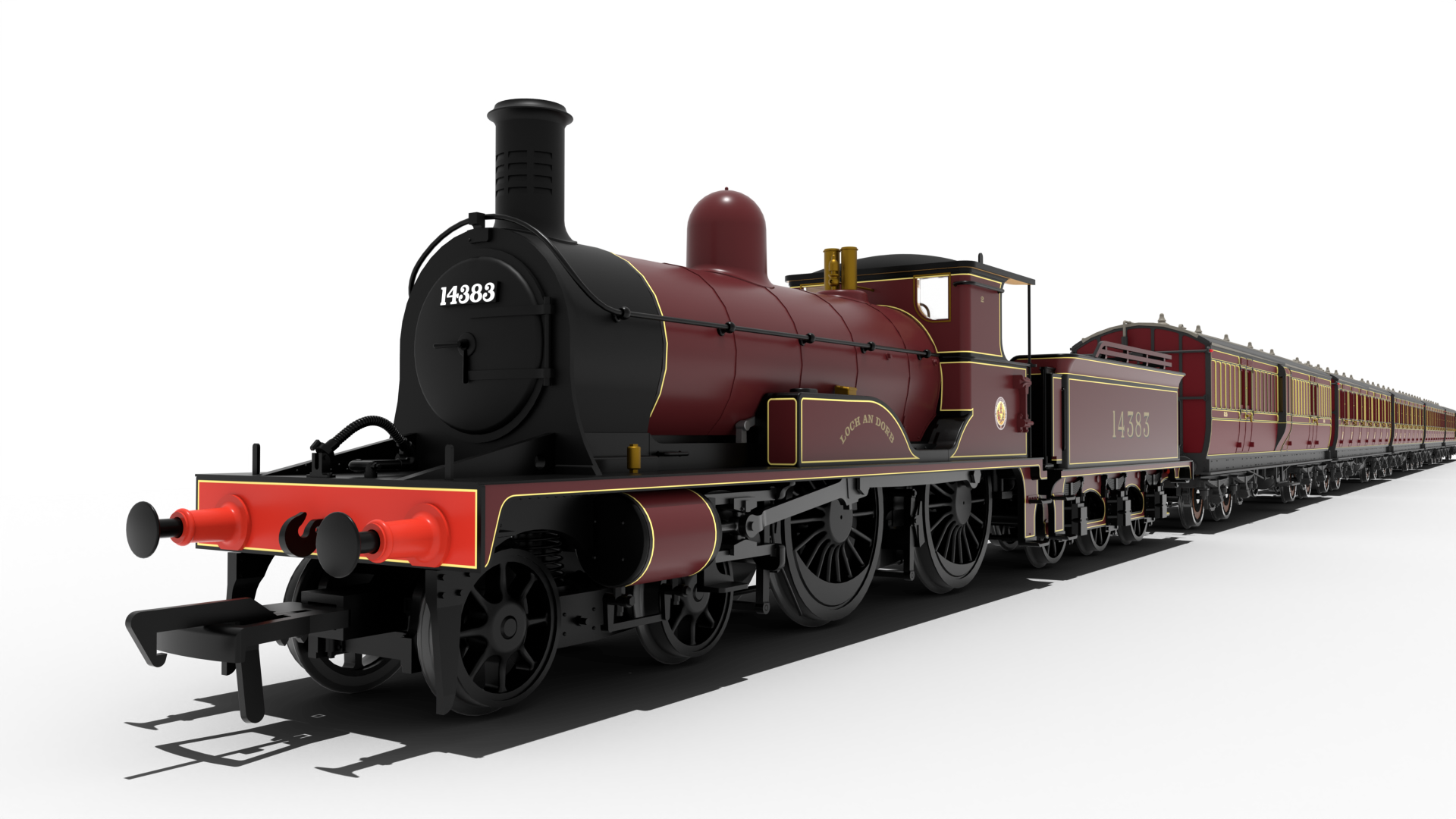
Our new OO Gauge Highland Railway Loch Class 4-4-0 range represents the Dübs & Co. built locos and includes tooling variations that cover some of the conversions they received throughout their lifetime. The models will be available in a variety of liveries, from pre-grouping right through to their BR days, and a ‘What if’ Highland Railway Yellow livery to match the eye-catching ‘Jones Goods’ in the same livery. We have also included the loco named Loch Ness, and Loch Insh, which featured the Prince of Wales’ feathered crest; a commemorative livery following his Highness’ travelling on the HR in 1896.
The Highland Railway Society has been instrumental in this model’s development, and they have kindly provided research materials and advice throughout the project.
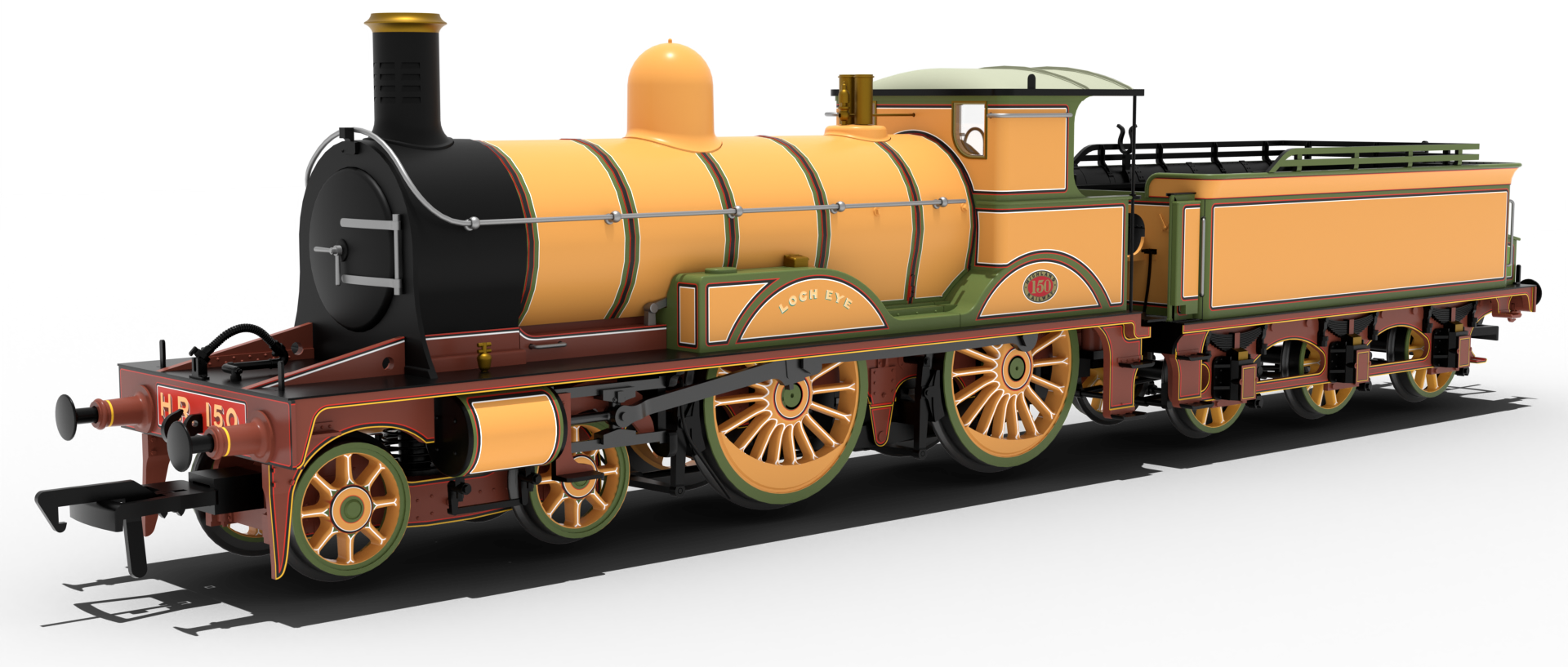
The range features a selection of detailing variants, including different chimneys, domes, safety valves, smoke boxes, doors and darts.
Other small detail variants include different lubricators, safety valve turrets, tender gongs, toolboxes, tablet catchers, whistle rods and lubricator pots. The early LMS variant also includes a smokebox door number plate. Those wishing to personalise their model will be pleased to hear that the detailing bag will include screw link couplings, steam heating pipes, front frames and guard irons. Some variants will also have etched number plates.
You can look forward to a smooth-running mechanism, three factory-installed speakers, NEM coupler pockets, an ESU 21-pin decoder socket (on DC models), tender pickups, and firebox flicker with a dynamic fire draw effect (on DCC/Sound-fitted models).
Order your model now by clicking on the item below:


